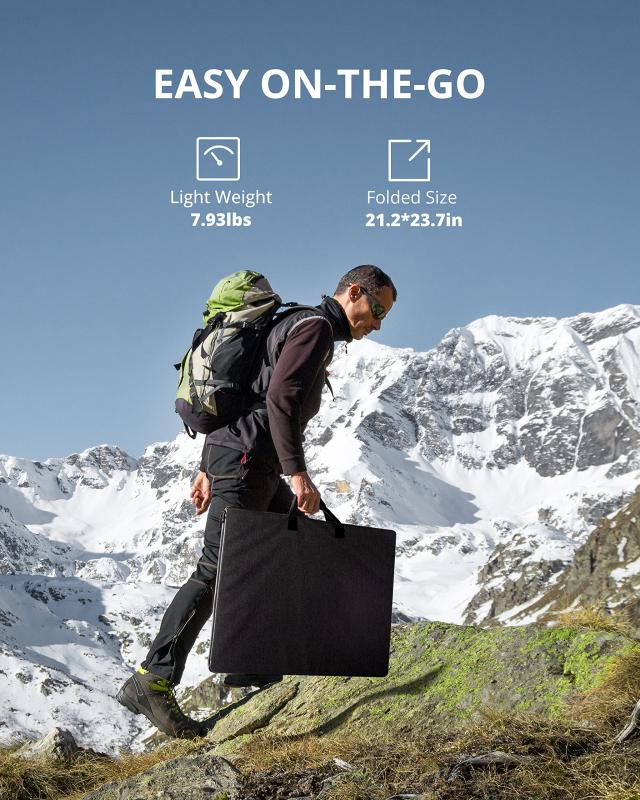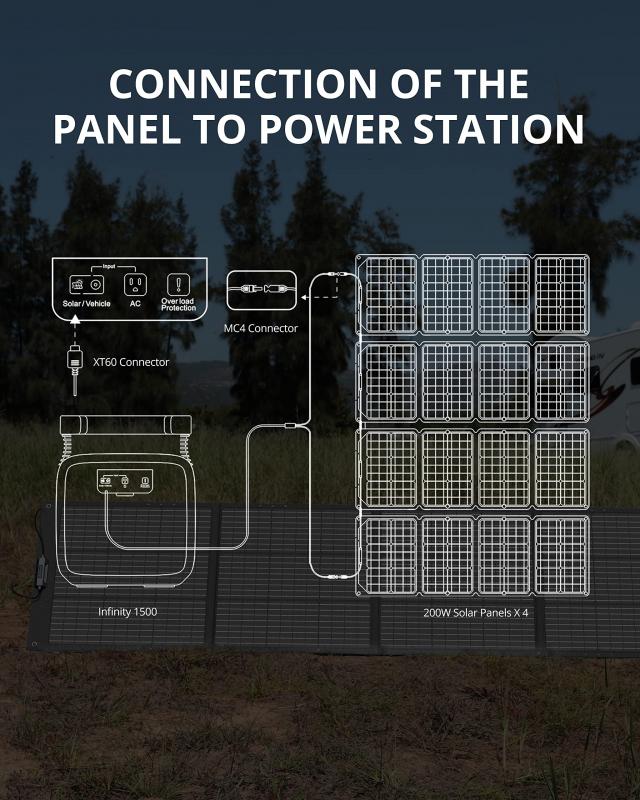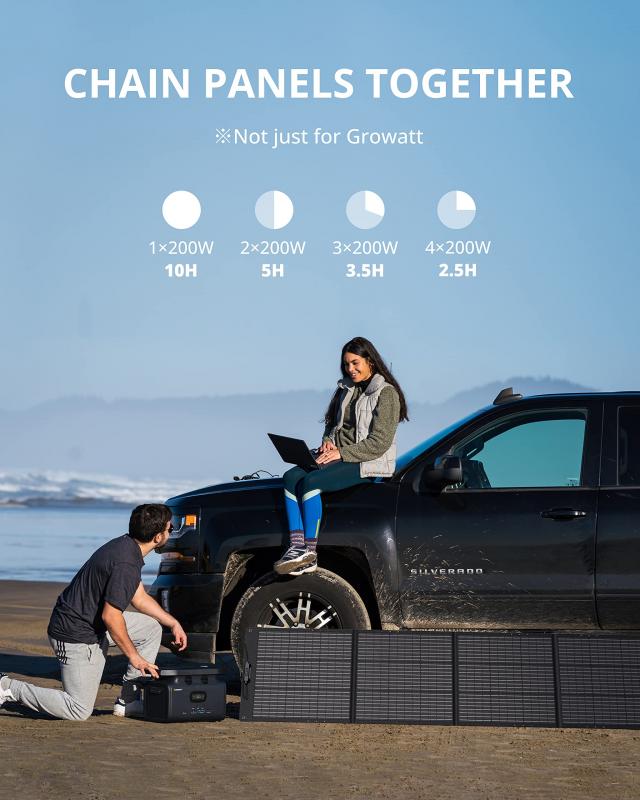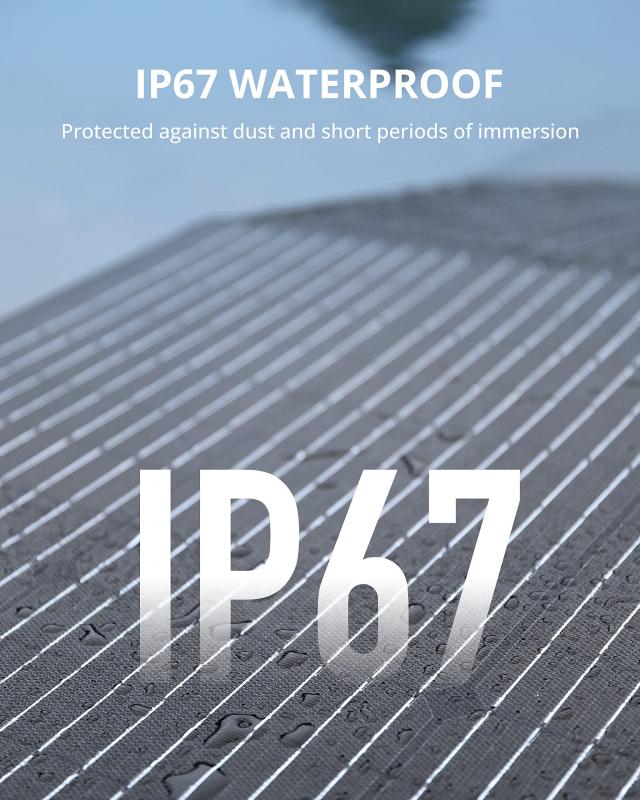How Big Solar Panel?
Solar panels have become an increasingly popular solution for generating renewable energy, both for residential and commercial use. However, one of the most common questions people have when considering solar energy is: "How big should my solar panel system be?" This question encompasses various aspects, including the physical size of the panels, the total area required, and the energy output needed to meet specific demands. In this article, we will delve into these factors to help you determine the appropriate size for your solar panel system.
Understanding Solar Panel Size and Capacity

Physical Dimensions

Solar panels come in various sizes, but the most common residential solar panels are typically around 65 inches by 39 inches (approximately 5.4 feet by 3.25 feet). Commercial solar panels are generally larger, measuring about 78 inches by 39 inches (approximately 6.5 feet by 3.25 feet). The physical size of the panel is an important consideration, especially if you have limited roof space.
Power Output

The power output of a solar panel is measured in watts (W). Residential solar panels usually range from 250 to 400 watts per panel. The total power output of your solar panel system will depend on the number of panels you install and their individual wattage. For example, a system with 10 panels rated at 300 watts each would have a total capacity of 3,000 watts or 3 kilowatts (kW).
Calculating Your Energy Needs

Assessing Your Electricity Consumption
The first step in determining the size of your solar panel system is to assess your electricity consumption. This can be done by reviewing your electricity bills over the past year to find your average monthly and annual usage, measured in kilowatt-hours (kWh). Most utility bills will provide this information, making it easier to calculate your needs.
Peak Sunlight Hours
The amount of energy your solar panels can produce is also influenced by the number of peak sunlight hours your location receives. Peak sunlight hours refer to the time during which the sunlight intensity is strong enough to generate maximum power. For example, if your area receives an average of 5 peak sunlight hours per day, a 1 kW solar panel system would generate approximately 5 kWh of electricity per day.
Sizing Your Solar Panel System
System Size Calculation
To determine the size of the solar panel system you need, you can use the following formula:
\[ \text{System Size (kW)} = \frac{\text{Annual Electricity Consumption (kWh)}}{\text{Annual Peak Sunlight Hours}} \]
For instance, if your annual electricity consumption is 10,000 kWh and your location receives 1,800 peak sunlight hours per year, the required system size would be:
\[ \text{System Size (kW)} = \frac{10,000 \text{ kWh}}{1,800 \text{ hours}} \approx 5.56 \text{ kW} \]
Number of Panels
Once you have determined the required system size, you can calculate the number of panels needed. If you choose 300-watt panels, you can use the following formula:
\[ \text{Number of Panels} = \frac{\text{System Size (kW)} \times 1,000}{\text{Panel Wattage (W)}} \]
Using the previous example:
\[ \text{Number of Panels} = \frac{5.56 \text{ kW} \times 1,000}{300 \text{ W}} \approx 18.53 \]
Since you can't have a fraction of a panel, you would need 19 panels to meet your energy needs.
Roof Space Considerations
Available Roof Area
The available roof area is a crucial factor in determining how many solar panels you can install. As mentioned earlier, a standard residential solar panel is about 65 inches by 39 inches, or roughly 17.5 square feet. To calculate the total roof area required, you can use the following formula:
\[ \text{Total Roof Area (sq. ft.)} = \text{Number of Panels} \times \text{Panel Area (sq. ft.)} \]
Using our example of 19 panels:
\[ \text{Total Roof Area (sq. ft.)} = 19 \times 17.5 \approx 332.5 \text{ sq. ft.} \]
Roof Orientation and Tilt
The orientation and tilt of your roof also play a significant role in the efficiency of your solar panel system. Ideally, solar panels should face south (in the Northern Hemisphere) and be tilted at an angle equal to your latitude to maximize energy production. If your roof does not have the ideal orientation or tilt, you may need to install additional panels to compensate for the reduced efficiency.
Financial Considerations
Cost of Installation
The cost of installing a solar panel system can vary widely based on factors such as location, system size, and the type of panels used. On average, the cost of a residential solar panel system ranges from $2.50 to $3.50 per watt. Using our example of a 5.56 kW system, the total cost would be:
\[ \text{Total Cost} = 5,560 \text{ W} \times \$3.00/\text{W} = \$16,680 \]
Incentives and Rebates
Many governments and utilities offer incentives and rebates to encourage the adoption of solar energy. These can significantly reduce the upfront cost of your solar panel system. Be sure to research the available incentives in your area to maximize your savings.
Determining the appropriate size for your solar panel system involves several factors, including your energy consumption, the number of peak sunlight hours in your location, available roof space, and financial considerations. By carefully assessing these factors, you can design a solar panel system that meets your energy needs and provides a sustainable, cost-effective solution for your home or business.
Investing in solar energy is not only a smart financial decision but also a crucial step towards reducing your carbon footprint and contributing to a more sustainable future. With the right information and planning, you can harness the power of the sun to generate clean, renewable energy for years to come.

There are no comments for this blog.